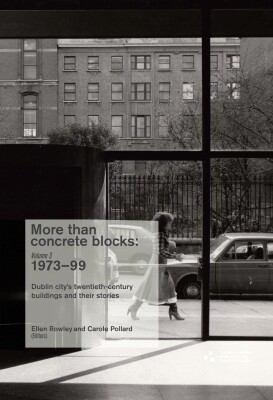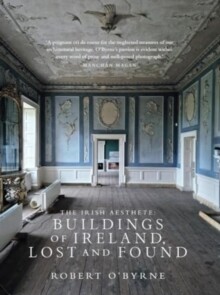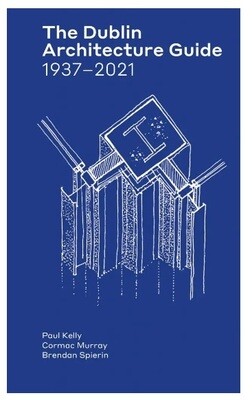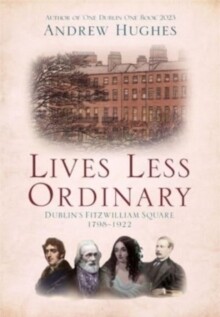More Than Concrete Blocks Vol. 3
More Than Concrete Blocks: Dublin city's twentieth-century buildings and their stories is a three volume series of architectural history books which are richly illustrated and written for the general reader. Unpacking the history of Dublin's architecture during the twentieth century, each book covers a period, in chronological sequence: Volume 1, 1900-1939; Volume 2, 1940-1972; Volume 3, 1973-1999. The series comes out of a pioneering research and survey project commissioned and funded by Dublin City Council's Heritage Office and has received grant support from the Heritage Council and the Department of Housing Local Government and Heritage.
Edited by Dr Ellen Rowley, the series considers the city as a layered and complex place. It makes links between Dublin's buildings and Dublin's political, social, cultural and economic histories. By focusing on architecture as the central thread in the story of the city in formation, 1900-2000, More Than Concrete Blocks is about the relationship between architecture and people in Dublin City.
For Volume 3, the series editor is joined by Dr Carole Pollard as co-editor. This volume contains three introductory historical essays covering the building culture in Dublin of the 1970s (Carole Pollard), the 1980s (Ellen Rowley) and the 1990s (Merlo Kelly). These overview essays are followed by 31 studies ranging from iconic situations such as the Poolbeg Chimneys (1971-78), the Papal Cross (Phoenix Park, 1979) or the Central Bank (1979) on Dame Street, to lesser-known structures like the Willowfield housing scheme (1985) in Sandymount, the AnCO Training Centre (1981) in Finglas or the Donaghmede RC parish church (1979).
Each study is framed according to key historic questions, and raises issues around architectural technology and materials, patronage, economic histories and urban planning, residents and ceremonial or daily use, and so on. Importantly, Volume 3 covers the decades of the end of the twentieth century, as Ireland joined the European Commission and Dublin city grew confident enough to reimagine Temple Bar. So, much of this history captures the energy and subsequent architectural framing of social infrastructure during this period.
Volume 3 also presents an overview, in guidebook style, of 140 sites; a survey of the city's buildings over the period 1973 to 1999, not as 'best of' but as a representation of architectural endeavour at the time.





